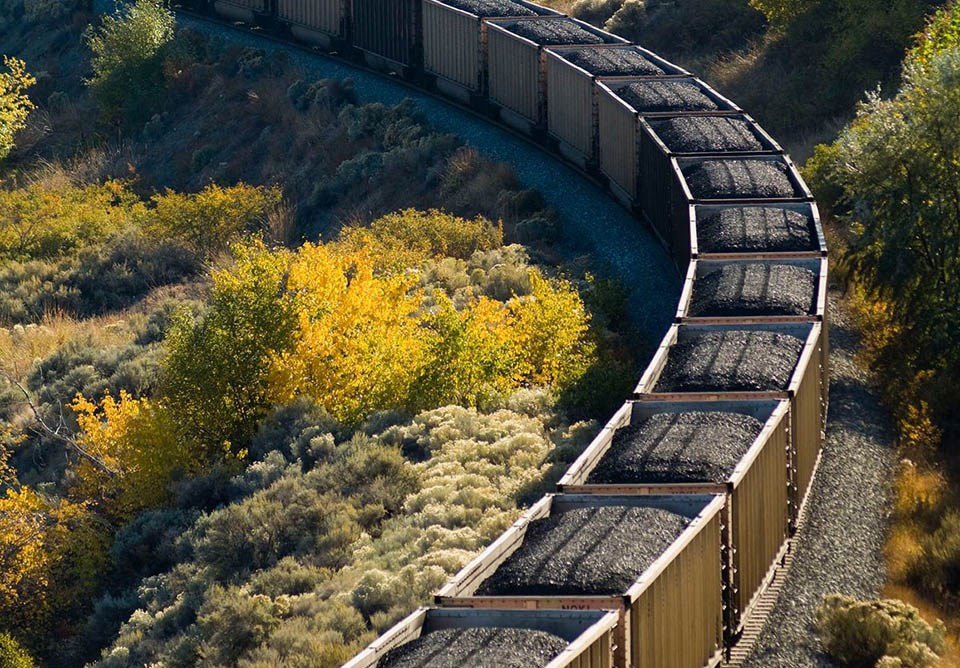WESTERN PRODUCER — The agriculture industry continues to be pressured to take steps toward the “green economy,” but one U.S. insider says the global carbon footprint won’t be reduced any time soon as the rest of the world races to the catch up to the West industrially.
“We want to remain committed to what I consider to be an extraordinarily ambitious, almost delusional commitment to net zero 50 targets that’s going to require investments of trillions, if not tens of trillions of dollars, which essentially comes down to wealth redistribution to poorer countries around the world,” said John Sitilides, a principal at Trilogy Advisors in Washington, D.C., who specializes in U.S. government relations, geopolitical risk and international affairs.
“And becoming more dependent on China for the solar panels or wind turbines, whose global industries they have now come to dominate, to be able to achieve these targets that I think really are unattainable, at least according to the laws of physics and economics.”
Sitilides told the recent Alberta Beef Conference in Calgary that Germany has become a case study as a failing green strategy.
He said Germany has closed down all of its nuclear power plants, depending on wind energy in a country where the wind often does not blow and on solar where the sun often does not shine.
This has forced it to import energy from neighbouring countries, he added.
“We have now many of Germany’s leading steel, glass making, ceramics making, chemicals processing factories shutting down. Tens of thousands of Germans are being laid off on a regular basis, and the open de-industrialization of what was once the powerhouse of the European Union,” said Sitilides.
”At the same time, we have the governments of China and India building 80 to 100 coal plants in their countries, respectively, for the next 10 to 15 years, certainly offsetting carbon emissions wise, anything that we believe we’re saving in Canada, in the U.S. and in Western Europe. They’re determined to continue to build up their economies to industrial levels to the extent they need to, to bring hundreds of millions of Chinese and Indian citizens to some modicum of western level.”
Even with the significant push toward industrialization that China has been making in the last 20 years to acquire wealth and western-level of comfort, Sitilides said there are still about 600 million Chinese citizens who live on $5 a day.
Tremendous economic development is going to continue in China and India for decades to come.
In the West, the push to adopt artifical intelligence will continue to increase energy demands.
“We’re going to have skyrocketing electricity demands that were unpredictable five years ago, and to be able to provide the base load for this energy supply, we’re seeing now an extraordinarily quadruple dependence on natural gas to provide that reliable energy base flow, thanks to data centers and the electrification of our economy in a way that is probably unstoppable,” said Sitilides.
Sitilides said a nuclear energy renaissance is likely to happen before green energy is truly embraced to a full scale.
“The U.S. today is the world’s leading nuclear power, where China is believed to have under construction or planned, about 150 nuclear power plants between now and 2040,” he said.
“If we take a look at a slice of the tax subsidies and tax credits for the renewable energy sector, you will see that it still is just under 10 per cent of the U.S. energy consumption framework. Even inside of that tiny slice, only a third of that actually comes from solar and wind. So solar and wind in the U.S. today is responsible for about three per cent of the energy that we consume. We’re still inordinately dependent on hydrocarbons and nuclear in the U.S., and this is also playing out on the world stage.”
As noble as the Western world tries to be in finding alternative energy sources, what is being done in Canada and the United States is not representative of the global economy, which continues to use massive amounts of oil and gas as it industrializes.
”There are billions of people who want to live like us, and guess what? They’re not going to be installing wind turbines and solar panels tomorrow. They’re going to buy massive amounts of coal because that’s the cheapest form of abundant energy-dense power. Then when they’re affluent enough, then they’ll buy oil, then they’ll get gas, and then they’ll have hydro power, wind and solar, hydrogen, whatever breakthroughs we may have in the years to come,” said Sitilides.
“If hydrogen ever becomes scalable and reliable, we don’t know, except it’s always around the corner, but never quite there — hydro power and nuclear. But, there’s no energy transition to date. This could change tomorrow or in five years or 10 years, but if we look simply at data, until this day, we have energy addition, and the energy demand will only increase around the world as billions of people aspire to achieve our level of influence afterwards.”
Sitilides said the U.S. is now the world’s leading producer and exporter of natural gas and the world’s leading producer and exporter of oil, which helps on the geopolitical stage.
It allows the U.S. to share with its allies the geopolitical resilience to withstand the shocks of a Russian invasion of Ukraine, the multi-pronged wars directed by Iran against Israel or a potential crisis in the Indo Pacific if China blockades or invades Taiwan or a country in the South China Sea.
“The advanced industrial civilization that you enjoy in Canada, that we enjoy in America, that we enjoy as fellow North Americans, is utterly predicated on the production and availability of steel, cement, plastics, ammonia, fertilizers and food stuffs, that only today hydrocarbons and nuclear can provide the energy base load to supply,” said Sitilides.
“If we play around with this, we’re endangering our economic way of life, our societal way of life, and we need to be very, very careful how we measure our emissions against physical and economic realities.”
Related Coverage
China’s entry into WTO has had widespread consequences
Tariffs called part of long game with trade negotiations
Maritime security crucial international trade
Transition to drought expected to be swifter this year
Tariff threats called part of U.S. race with China
Central banks put digital currency on the radar
The creation of this content was supplemented by Artificial Intelligence. All AI-assisted or generated content undergoes thorough human review and validation prior to publication.




